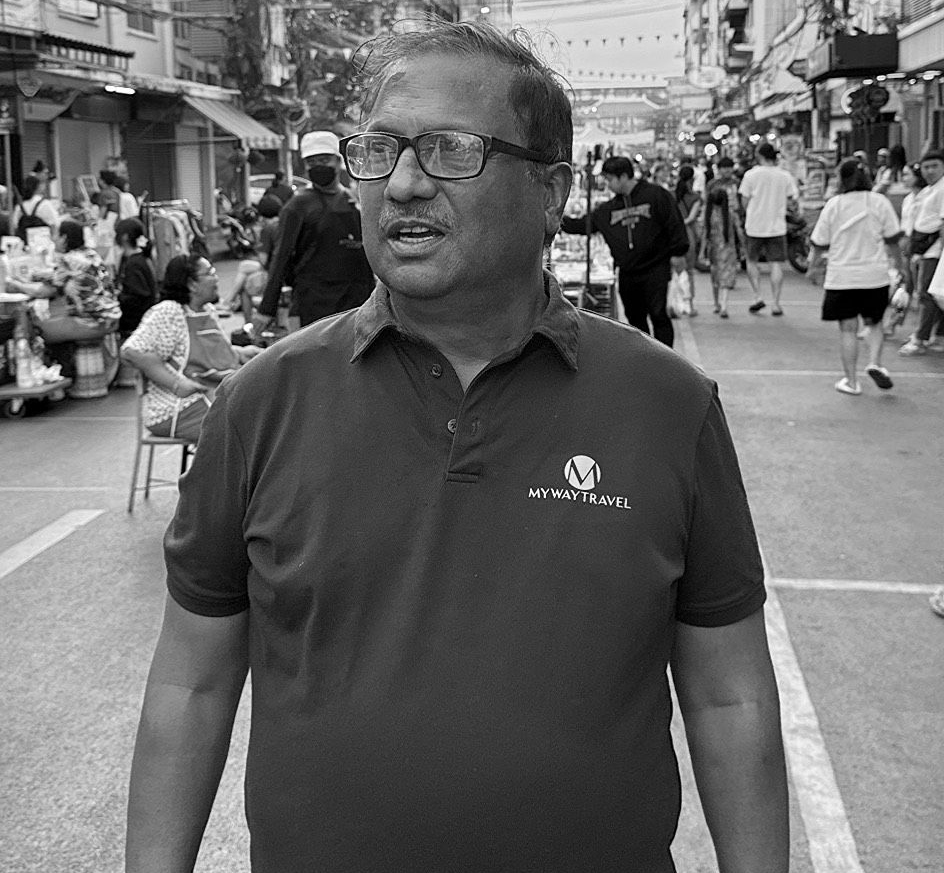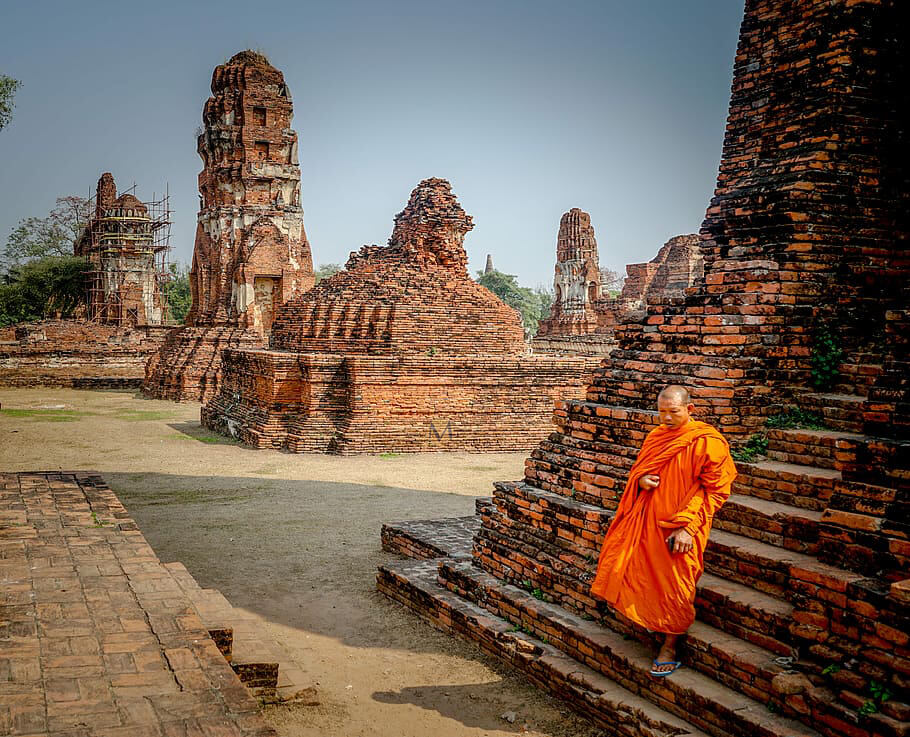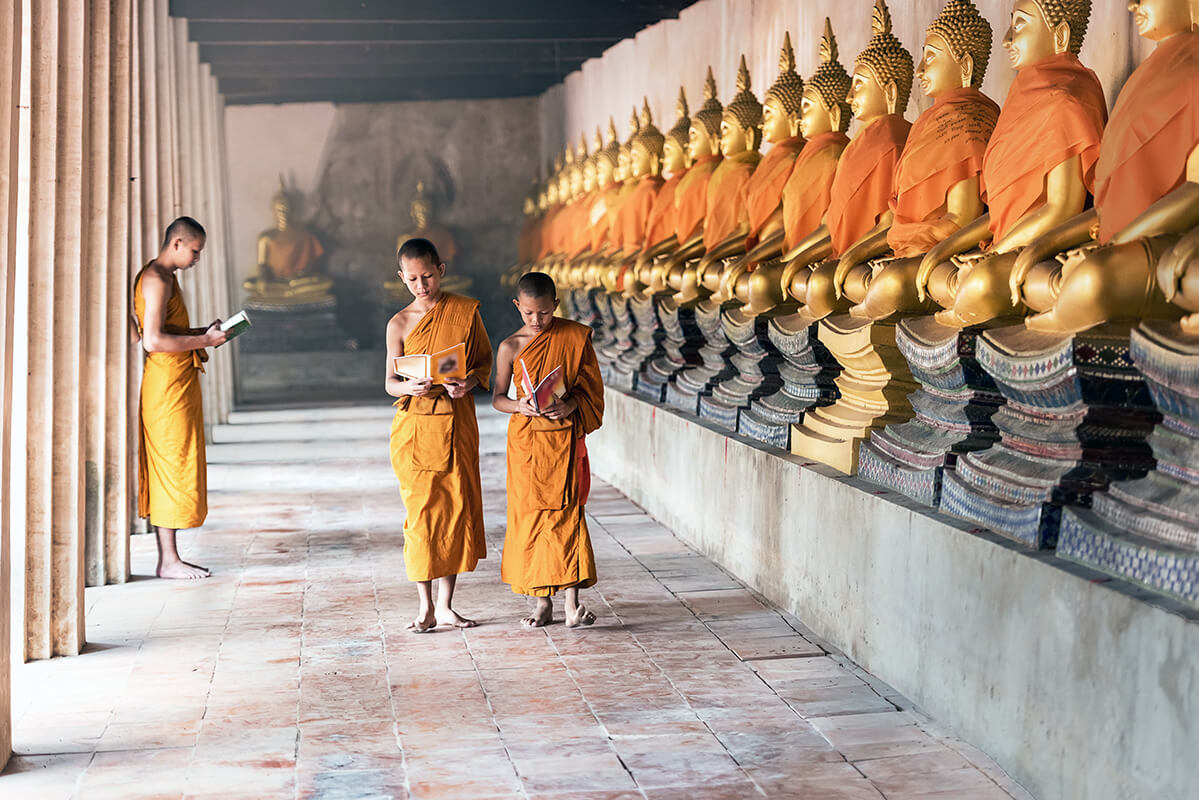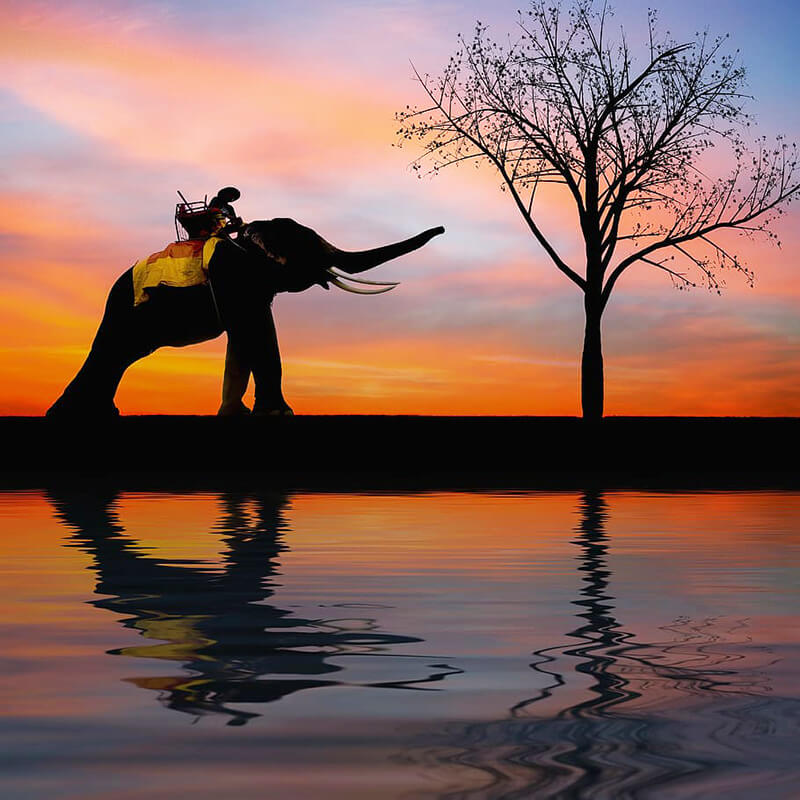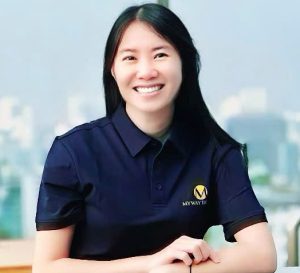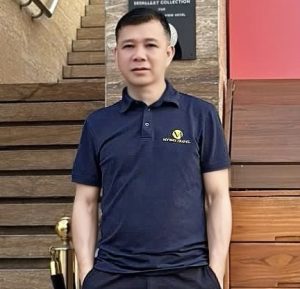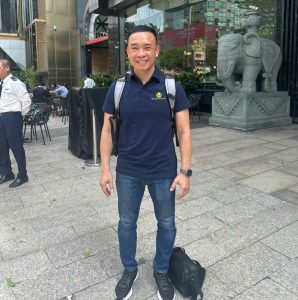In the 17th century, Ayutthaya was the largest city in the world and the capital of the Siam Kingdom for over 400 years. It was strategically located at the meeting point of three rivers, with a well-planned grid of roads, moats, and canals. In 1767, the Burmese attacked and destroyed the city, leaving behind ruins of monasteries, old Buddha statues, and temple spires. When you visit, you can still see enough of the old buildings to get a sense of its former glory.
After the fall of Angkor, Ayutthaya became Southeast Asia’s center for global diplomacy and trade. The royal court often welcomed merchants and ambassadors from places like the Palace of Versailles, Japan, and China.
Today, Ayutthaya is a UNESCO World Heritage Site. The ruins are slowly being covered by the roots of jujube trees, which the Siamese kings considered lucky. However, the place is still vibrant. Buddha statues are wrapped in saffron robes, temple altars are decorated with lotus flowers, and monks give blessings.
The brick ruins may look similar from a distance, so it helps to have a guide. There are 67 temples identified at the site, ranging from small brick piles to the large Wat Yai Chai Mongkhon, which has a tall, bell-shaped tower.
Wat Mahathat is famous for a Buddha head surrounded by tree roots, and the northwest temple tower has some of the oldest mural paintings in Ayutthaya.
Wat Phra Si Sanphet, built in the 14th century, is within the Royal Palace grounds and has three chedis (towers) holding the ashes of old kings.
To see everything, it’s useful to have transport. You can rent a Kermit tuk-tuk, a small, colorful auto-rickshaw unique to Ayutthaya, for the day. Guided cycling tours are also available and help you see more of the ancient walls and parks.
Ayutthaya is an easy two-hour drive or train ride from Bangkok. An interesting way to get there, and one used by Siamese kings, is by boat on a Bangkok to Ayutthaya cruise. The trip starts at Bang Pa In, the 18th-century summer palace of the King of Thailand, a mix of European and traditional Thai architecture.
From there, you take a rice barge along the Chao Phraya River, passing by a Catholic church in an old Portuguese village.
Ayutthaya is surrounded by three rivers, making it almost an island. Foreign merchants were not allowed to live in the city, so little villages around it housed Japanese, Chinese, and French traders. As you approach Ayutthaya, you’ll see these villages before you start exploring the main ruins.
Speak to one of our local experts
